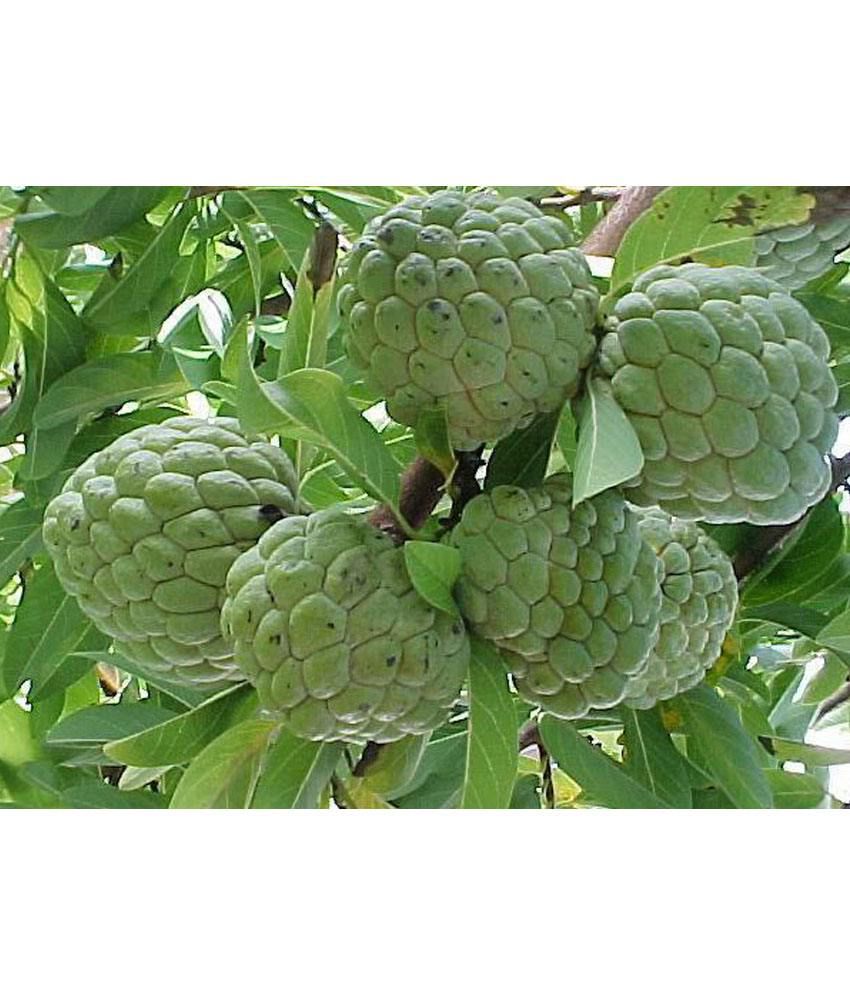We have very good quality Custard Apple Seeds (Annona squamosa). Our global clients can avail these Custard Apple Seeds at most reasonable prices. Category :- Fruit seeds Shape:- oval Size:- 1 cm Custard apple, is a common name for a fruit, and the tree which bears it, Annona squamosa Custard apple may also refer to similar fruits produced by related trees:
Annonaceae, the custard apple or soursop family. Annona cherimola, a tree and fruit also called cherimoya.
Annona squamosa, a tree and fruit also called sugar apple or sweetsop
Annona senegalensis, a tree and fruit called wild custard-apple
Casimiroa edulis, also called white sapote, a fruit related to the citrus.
The custard apple tree is not especially attractive. It is erect, with a rounded or spreading crown and trunk 10 to 14 in (25-35 cm) thick. Height ranges from 15 to 35 ft (4.5-10 m). The ill-smelling leaves are deciduous, alternate, oblong or narrow-lanceolate, 4 to 8 in (10-20 cm) long, 3/4 to 2 in (2 5 cm) wide, with conspicuous veins. Flowers, in drooping clusters, are fragrant, slender, with 3 outer fleshy, narrow petals 3/4 to 1 1/4 in (2 3 cm) long; light-green externally and pale-yellow with a dark-red or purple spot on the inside at the base. The flowers never fully open.
The compound fruit, 3 l/4 to 6 1/2 in (8-16 cm) in diameter, may be symmetrically heart-shaped, lopsided, or irregular; or nearly round, or oblate, with a deep or shallow depression at the base. The skin, thin but tough, may be yellow or brownish when ripe, with a pink, reddish or brownish-red blush, and faintly, moderately, or distinctly reticulated. There is a thick, cream-white layer of custardlike, somewhat granular, flesh beneath the skin surrounding the concolorous moderately juicy segments, in many of which there is a single, hard, dark-brown or black, glossy seed, oblong, smooth, less than 1/2 in (1.25 cm) long. Actual seed counts have been 55, 60 and 76. A pointed, fibrous, central core, attached to the thick stem, extends more than halfway through the fruit. The flavor is sweet and agreeable though without the distinct character of the cherimoya, sugar apple, or atemoya.
Medicinal Uses
The leaf decoction is given as a vermifuge. Crushed leaves or a paste of the flesh may be poulticed on boils, abscesses and ulcers. The unripe fruit is rich in tannin; is dried, pulverized and employed against diarrhea and dysentery. The bark is very astringent and the decoction is taken as a tonic and also as a remedy for diarrhea and dysentery. In severe cases, the leaves, bark and green fruits are all boiled together for 5 minutes in a liter of water to make an exceedingly potent decoction. Fragments of the root bark are packed around the gums to relieve toothache. The root decoction is taken as a febrifuge.


